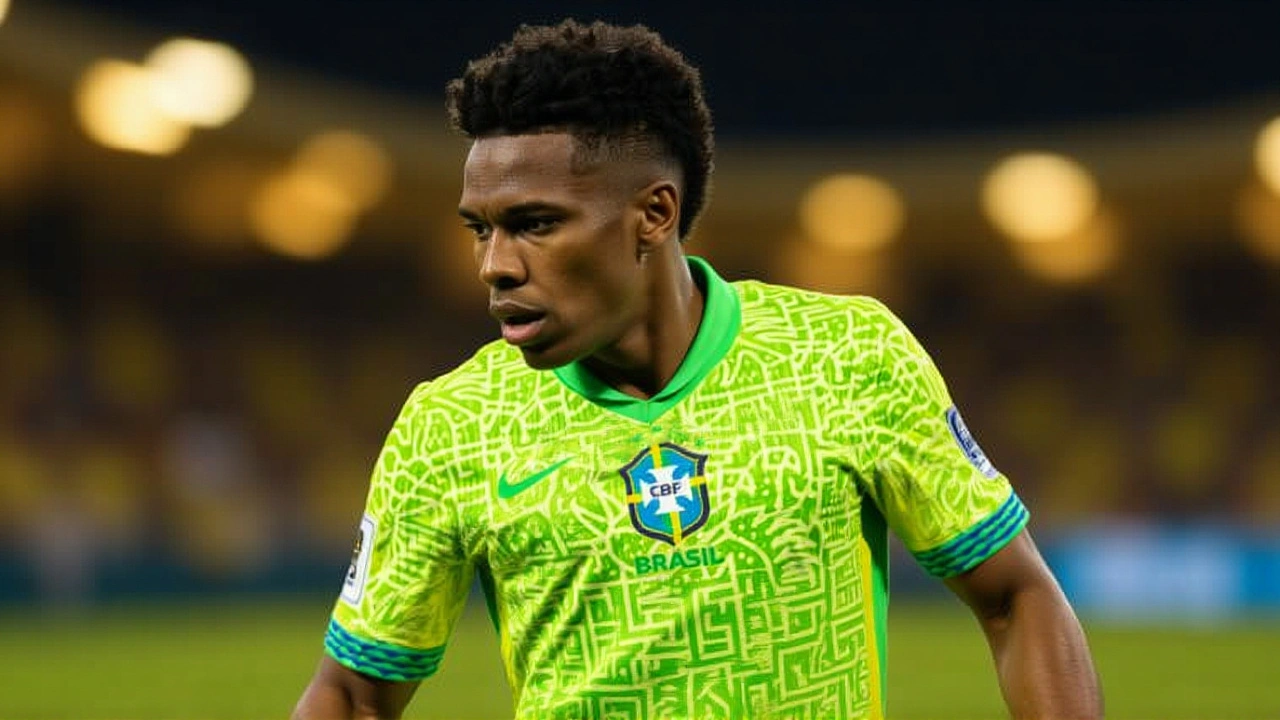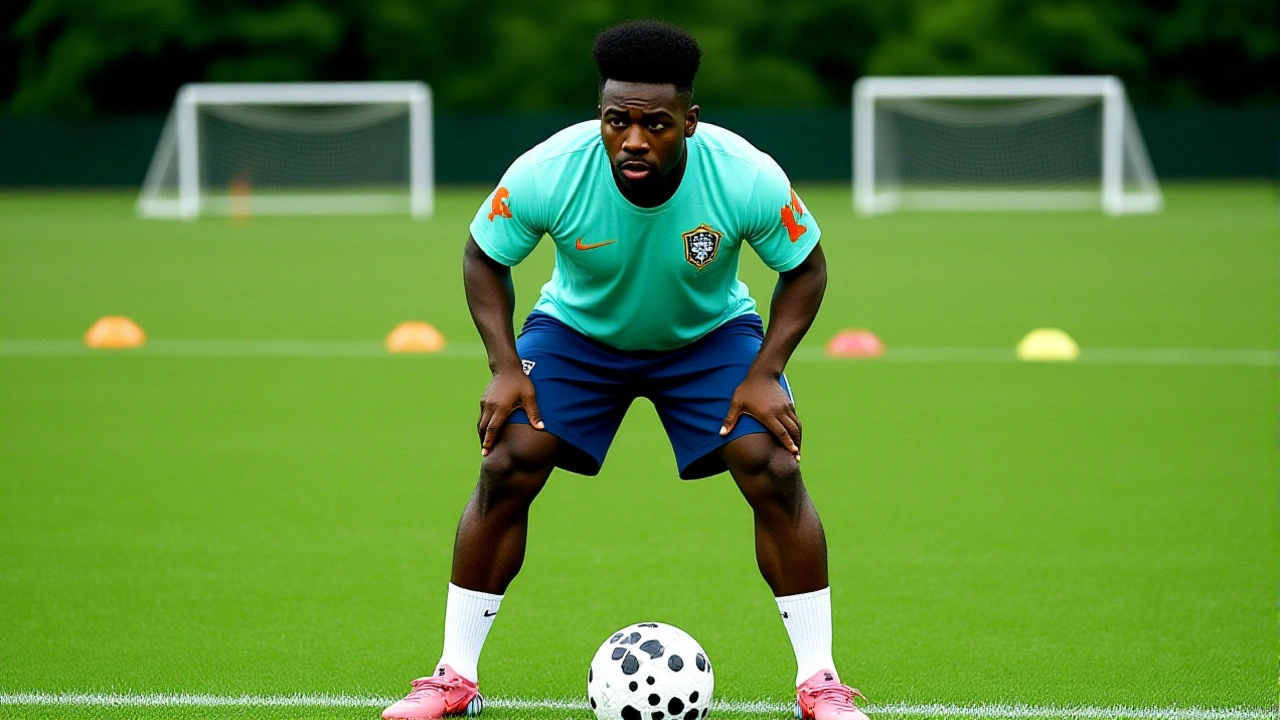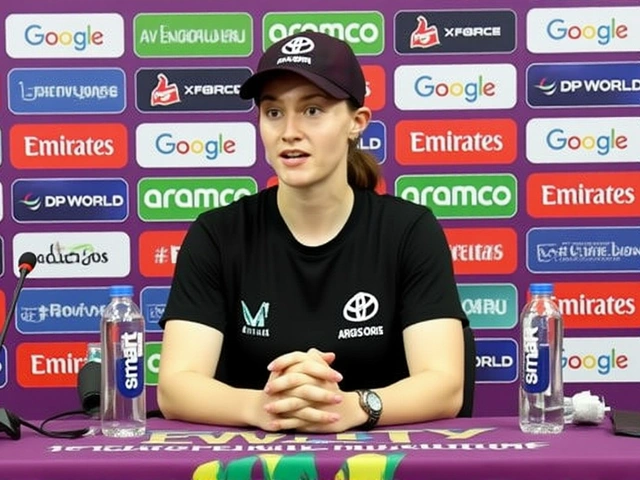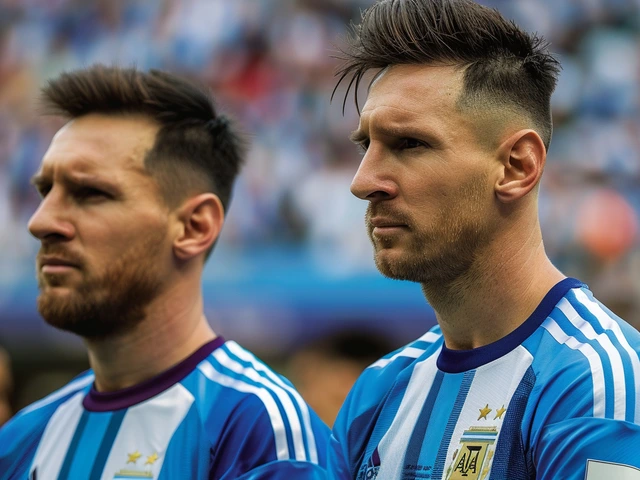In a stark reminder of why the Brazilian jersey still dazzles, the Brazil men's national football team booked a 5-0 victory over the South Korea men's national football team at Seoul World Cup Stadium on the morning of Friday, October 10, 2025. The match, part of the 2025 International Friendlies calendar, unfolded under a crisp 7:00 AM ET kickoff, giving fans a brisk, high‑octane start to the day.
Why the friendly mattered
The clash wasn’t just a warm‑up; it was a litmus test for two very different football philosophies. Brazil, governed by the Brazilian Football Confederation (CBF), entered the game with a blend of veteran flair and emerging talent, hoping to fine‑tune the attacking trident that has carried them to five World Cup crowns. South Korea, under the watchful eye of the Korea Football Association (KFA), leaned on disciplined teamwork that has earned the Taeguk Warriors ten straight World Cup berths.
Both sides used the FIFA‑designated international window to assess squad depth ahead of the 2026 World Cup qualifiers, making every substitution a potential headline.
Match timeline: a goal‑fest in minutes
The stadium’s electronic board lit up at 0:00 with the traditional kickoff. Brazil’s first real danger arrived at the 13th minute, when Estêvão threaded a low‑cross that found the back‑post. He nudged it home at 17 minutes, opening the scoring. A second brace followed at 24 minutes, when Rodrygo slipped past the Korean defence and capped a swift counter‑attack.
The second half saw Brazil continue to dominate. After the 45‑minute halftime, the Seleção pressed forward again at 47 minutes, with Rodrygo netting his second at 49 minutes – a clinical finish that left the Korean keeper stranded. The final tally came at 65 minutes when Estêvão scored his second, sealing the 5‑0 result. A lone foul by South Korea’s defender Won Du‑Jae at 90'+1 was the only moment of noticeable resistance.
ESPN’s clock stopped at 90'+2, confirming Brazil’s clean sweep. The match report, posted at 09:49 am ET, highlighted the braces as the decisive factor.
Stars of the show
Estêvão, playing as a forward, demonstrated why he’s been on the radar of European clubs. Post‑match, he said, “I’m happy to contribute, but the team’s depth means we can keep the pressure on all day.” Rodrygo, the nimble winger, added, “We’ve been training for this moment. The rhythm with my teammates feels natural, and today we showed why Brazil still loves football.”
On the Korean side, Captain Won Du‑Jae, who usually anchors the backline, remained stoic. “We’ve got to learn from this,” he told local reporters. “The pace was brutal, but it will make us stronger for the qualifiers.”
Reactions from federations and fans
The CBF praised the squad’s execution, noting that the tactical variations tested during the friendly will feed into the upcoming Copa América squad selection. A CBF spokesperson remarked, “Brazil’s winning culture is evident, but we’re still tweaking the midfield dynamics.”
The KFA, meanwhile, issued a measured statement: “While the result was not what we hoped for, the experience against a world‑class opponent is invaluable.” Social media buzz in Seoul was mixed – disappointment dominated the Korean hashtags, yet many fans applauded the effort, noting the need for faster transitions.

What this means for upcoming tournaments
For Brazil, the five‑goal margin sends a clear message to rivals in the upcoming CONMEBOL qualifiers: the attacking unit is firing on all cylinders. Analysts predict that the brace‑scoring duo of Estêvão and Rodrygo could become the focal point of the senior squad, potentially edging out veterans like Neymar if he remains fit.
South Korea faces a tougher road. The loss underscores gaps in defensive coordination against high‑speed attacks. Coaches are likely to experiment with a more compact formation and perhaps integrate younger forwards who can counter‑press more aggressively.
Next steps for both nations
Brazil will travel to Buenos Aires next week for a friendly against Argentina, a match that promises another tactical lab. The squad will also meet the CBF’s technical committee to finalize the roster for the 2026 World Cup qualifiers.
South Korea plans a home match against Japan later in October, a classic East Asian rivalry that could boost morale. The KFA has also announced a training camp in Jeju Island, focusing on set‑piece rehearsals – an area that Brazil exploited with several corners in this match.
Historical context: Brazil vs. Korea
Since their first encounter at the 2002 World Cup, Brazil has held a clear edge, winning every official meeting. The 5‑0 scoreline rivals the 2005 friendly, where Brazil also ran riot. For the Taeguk Warriors, each fixture is a chance to close the gap, but history suggests a steep climb.
Nevertheless, South Korea’s consistency – ten straight World Cup finals – remains a point of pride in Asian football. The friendly, while a setback, adds another chapter to a rivalry that continues to evolve.
Frequently Asked Questions
How does Brazil’s 5‑0 win affect its World Cup qualifying strategy?
The dominant performance gives Brazil confidence to stick with its attacking trio of Estêvão, Rodrygo, and senior forwards. It also allows the CBF to experiment with alternate midfield pairings without fearing a loss, positioning Brazil as a heavy favorite in the CONMEBOL qualifiers.
What lessons can South Korea take from the defeat?
Coaches highlighted the need for quicker defensive transitions and tighter marking on agile forwards. The KFA plans to intensify sprint drills and set‑piece practice, aiming to improve cohesion before the September‑October qualifiers.
Who were the standout players for Brazil in this match?
Both Estêvão and Rodrygo shone, each delivering a brace. Their movement off the ball and clinical finishing were praised by the CBF, and they are now front‑runners for a starting spot in the upcoming Copa América squad.
When and where will the next South Korea friendly take place?
South Korea is slated to host Japan at the Suwon World Cup Stadium on October 27, 2025. The match is part of the same FIFA international window and will be a crucial test of the adjustments made after the Brazil loss.
Why was the match scheduled so early in the morning in Seoul?
The 7:00 AM ET kickoff corresponded to a 7:00 PM local start in Seoul, fitting the FIFA international window and allowing broadcasters in both the Americas and Asia to air the game live without clashing with domestic league fixtures.






